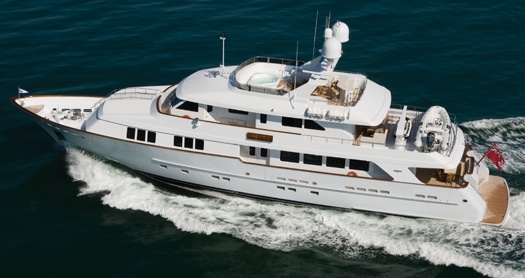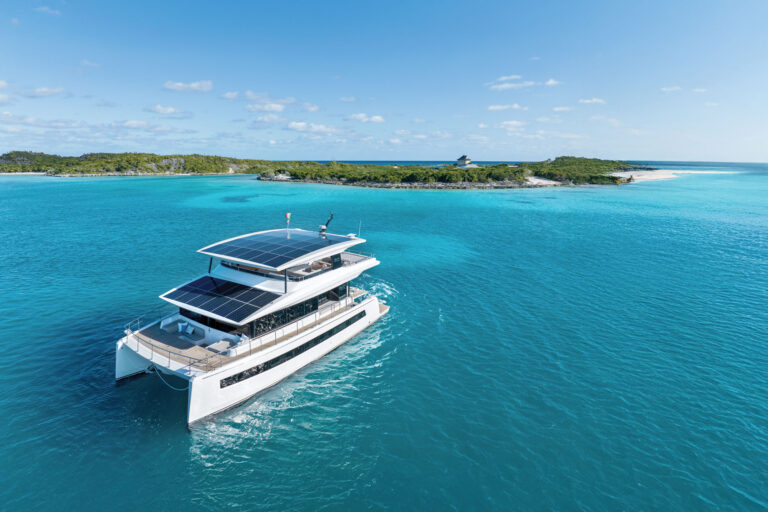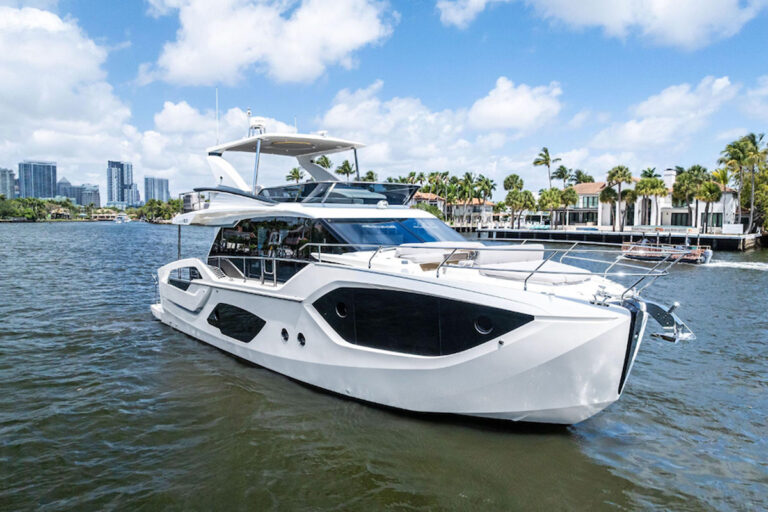
ytgjul17perf525.jpg
Let’s take a peek into the dark back corner of a London pub a couple hundred years ago, when Britain was the unquestioned ruler of the sea, as a group of Lloyd’s of London insurance underwriters licked their financial wounds from the latest loss of a cargo ship to Davy Jones’s locker. They’d had enough, and proposed to form an independent society to make ships safer by developing standards for construction, operation, and maintenance. Thus was born Lloyd’s Register of Shipping, no longer affiliated with Lloyd’s of London, but still the granddaddy of maritime classification societies.
The concept was so successful in improving safety and cutting losses that spinoffs and imitators soon appeared in other seagoing nations. There are now ten full members and one associate member of the International Association of Classification Societies (www.iacs.org.uk). Not all of them class yachts, and of those who do, not all class smaller yachts. The American Bureau of Shipping (ABS), for instance, does not class yachts under 24 meters, or about 79 feet, in overall length.
Each society also has different sets of rules and guides, several of which will be applicable to any given yacht. While national codes, such as the U.S. Coast Guard regulations, and international treaties, such as SOLAS, are mandatory, classification is in most cases voluntary. A shipowner or yachtowner elects to have his vessel classed in order to better assure a certain level of sound design and construction, and consequently, to reduce insurance premiums and losses.
Although there are differences in the details, the societies have much in common. Each issues written rulebooks and guides for use by designers, reviews and approves the vessel plans in advance of construction, and employs dedicated surveyors to assure that the vessel is built in accordance with the plans. There are also periodic inspections by this same corps of surveyors throughout the vessel’s service life to check that it is being maintained to the required standards.
The voluntary nature of classification creates a number of possibilities for a yacht owner. He can pick and choose from the several classification societies that cater to yachts. For instance, an American owner having a fast yacht built in Holland could choose to have it classed by the Norwegian society, DNV (Det Norske Veritas). This is where those detail differences come in, as some designers consider the DNV construction rules for high-speed vessels to be more realistic than those drafted by some other societies. Such shopping for classification is commonplace, and that’s why you’ll find surveyors for each society in each shipbuilding nation. In an Italian yard, for instance, you might find an ABS surveyor working on one vessel and a Lloyd’s inspector working on another, alongside the first. In some cases, where the surveyors are independent, or “non-exclusive” in society parlance, you might find him wearing a DNV jumpsuit one day and ABS coveralls the next.
In addition to choosing his classification society, an owner can choose the level of involvement he wants with classification. Full classification means plan approval before construction, inspection and approval of both construction and installed equipment (anchors, engines, generators, etc.), and periodic inspections and required maintenance after delivery. An owner can also add various options, including most recently, an environmentally based endorsement of the yacht as “green.”
All of this comes at a price, of course, both in meeting the initial requirements and in continuing costs. Some owners view any financial outlay as justified in protecting their vessel and those aboard; others elect to have the yacht designed and built to class, and then drop the class designation when fees and mandated maintenance expenses begin to exceed the savings in insurance premiums.
Finally, an owner can opt to have his designer and builder use the written classification standards as a guide in the construction of his new vessel, without actually contracting with the society. This avoids some of the expenses of questionable value, such as factory testing and equipment certification. Then an independent non-society surveyor or project manager can oversee the construction up to delivery, and the captain, vessel management firm, or favorite boatyard can track maintenance requirements. It’s not official, but it’s still classy.









